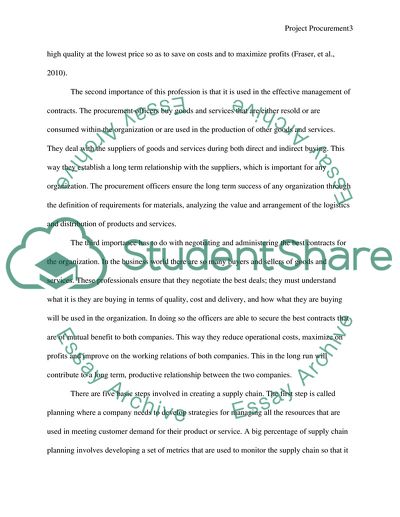Cite this document
(The Air Force Project Research Paper Example | Topics and Well Written Essays - 2000 words, n.d.)
The Air Force Project Research Paper Example | Topics and Well Written Essays - 2000 words. Retrieved from https://studentshare.org/social-science/1756270-project-procurement-research-paper
The Air Force Project Research Paper Example | Topics and Well Written Essays - 2000 words. Retrieved from https://studentshare.org/social-science/1756270-project-procurement-research-paper
(The Air Force Project Research Paper Example | Topics and Well Written Essays - 2000 Words)
The Air Force Project Research Paper Example | Topics and Well Written Essays - 2000 Words. https://studentshare.org/social-science/1756270-project-procurement-research-paper.
The Air Force Project Research Paper Example | Topics and Well Written Essays - 2000 Words. https://studentshare.org/social-science/1756270-project-procurement-research-paper.
“The Air Force Project Research Paper Example | Topics and Well Written Essays - 2000 Words”, n.d. https://studentshare.org/social-science/1756270-project-procurement-research-paper.


